ASUS RS720Q-E10-RS24 Management
The ASUS management solution is built upon the ASPEED AST2600 BMC running MegaRAC SP-X. ASUS claims this is faster to boot, but we did not time it. The AST2600 is a jump in Arm compute resources, so that would make sense.

ASUS calls this solution the ASMB10-iKVM which has its IPMI, WebGUI, and Redfish management for the platform.
Some of the unique features come down to what is included. For example, ASUS allows remote BIOS and firmware updates via this web GUI as standard. Supermicro charges extra for the BIOS update feature.
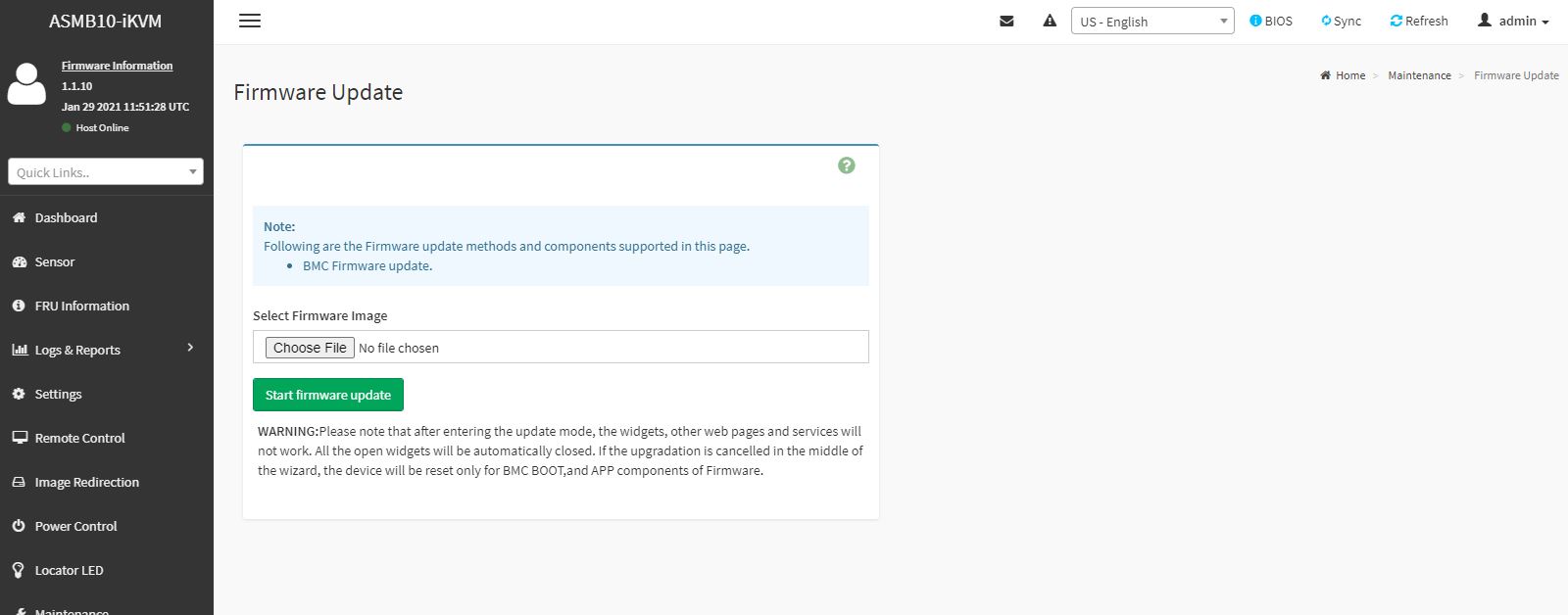
Another nice example is that we get the HTML5 iKVM functionality included with the solution. There are serial-over-LAN and Java iKVM options too. Companies like Dell EMC, HPE, and Lenovo charge extra for this functionality, and sometimes quite a bit extra.
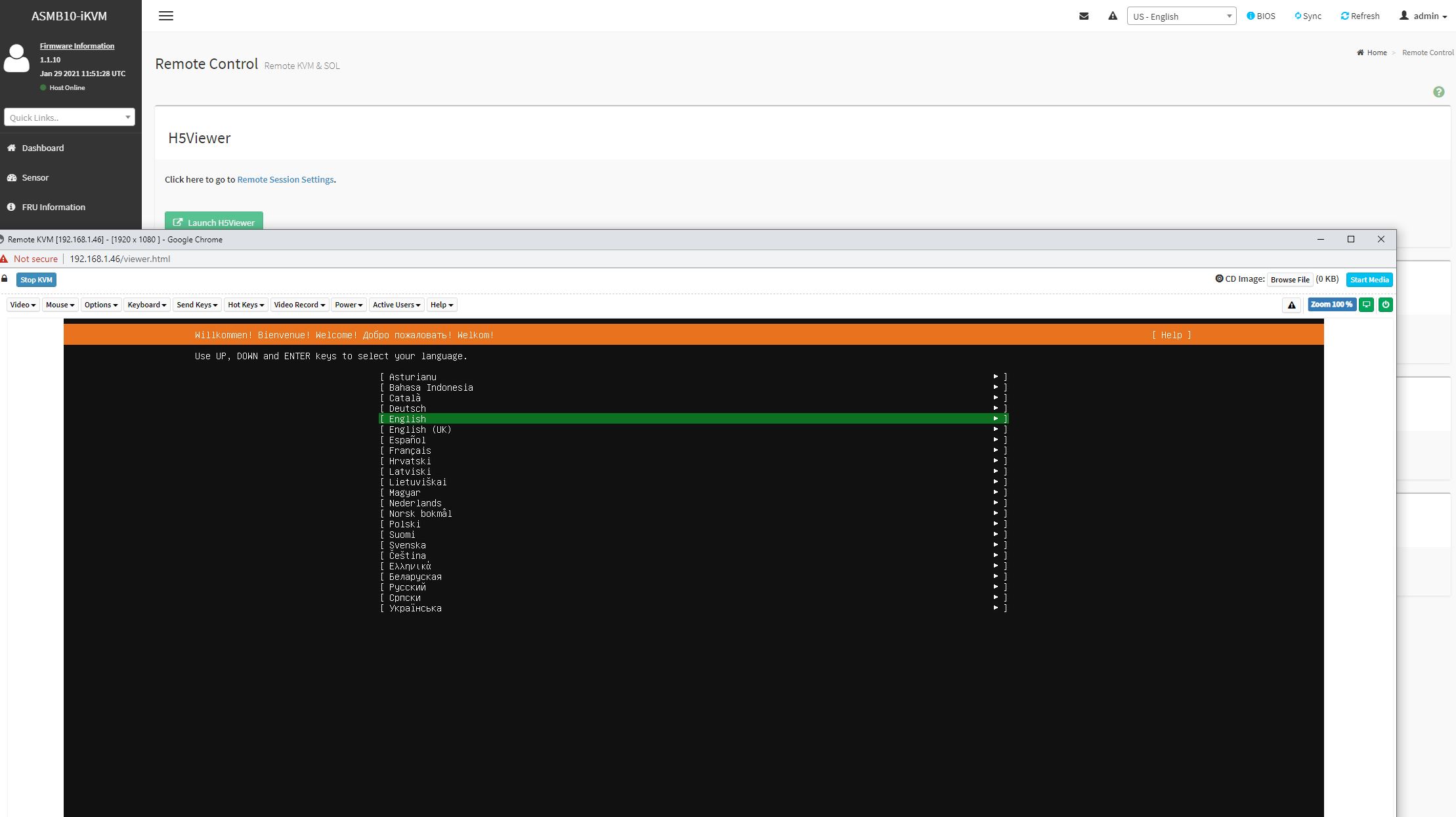
ASUS supports Redfish APIs for management as well. Something that we do not get is full BIOS control in the web GUI as we get in some solutions such as iDRAC, iLO, and XClarity. For GPU servers where one may need to set features like the above 4G encoding setting with certain configurations, this is a handy feature to have.
Another small feature that is different from ASUS is the IPMI Hardware Monitor or IPMI HWM. While one can pull hardware monitoring data from the IPMI interface, and some from the BIOS, ASUS has a small app to do this from the BIOS.
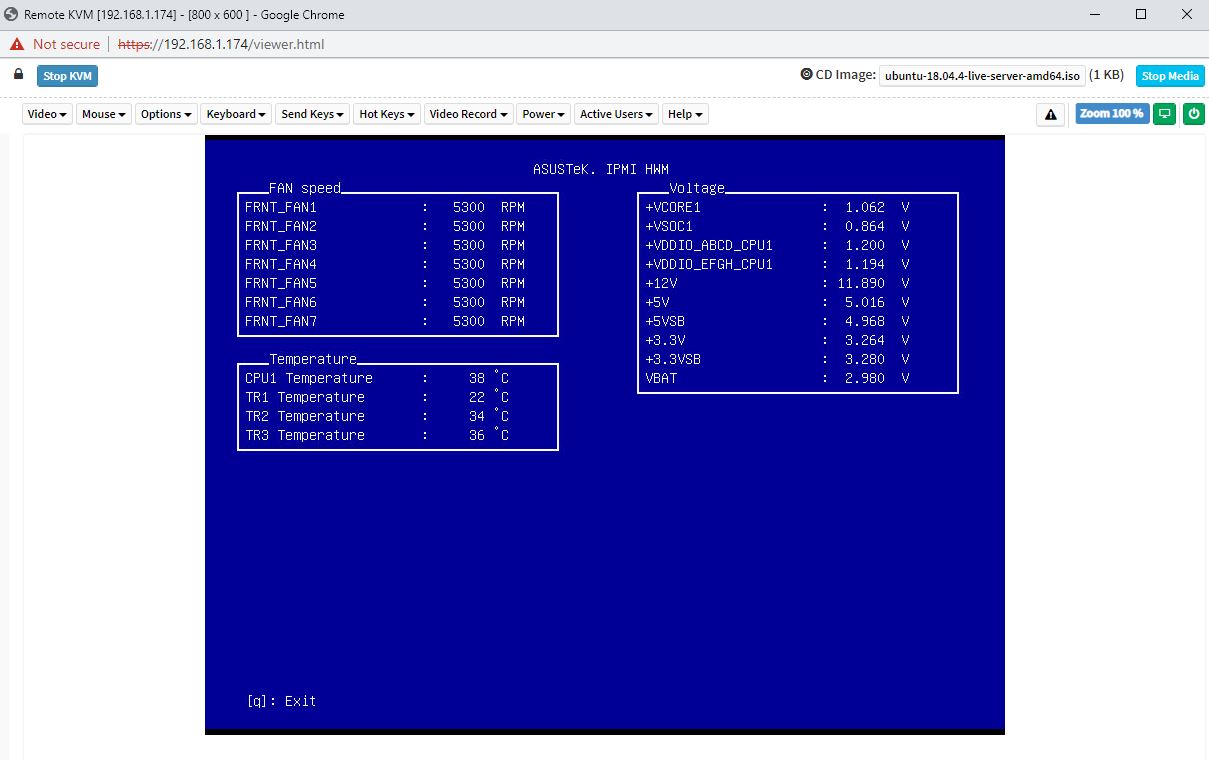
We like ASUS’s approach overall to management. It aligns with many industry standards and also has some nice customizations.
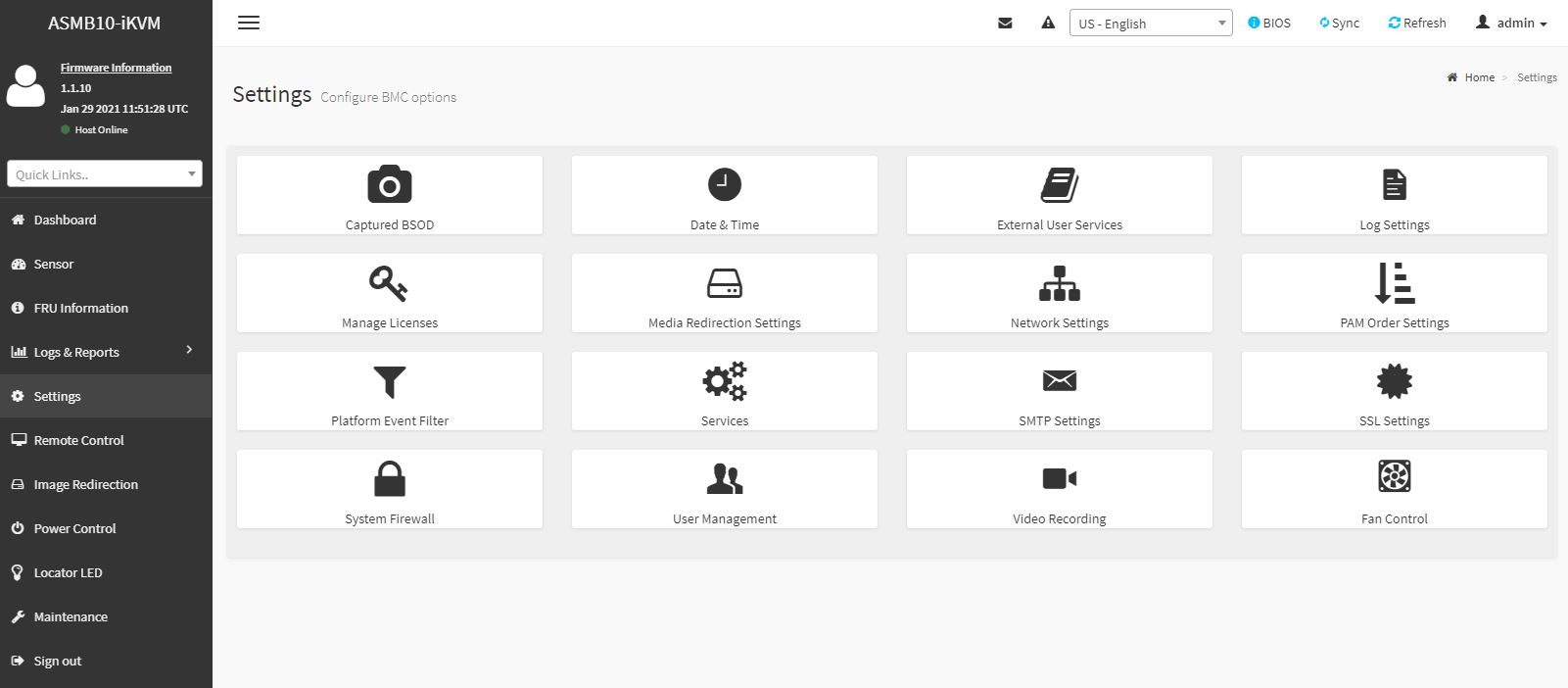
Some organizations prefer more vendor-centric solutions, but ASUS is designing its management platform to be more of what we would consider an industry-standard solution that does not push vendor lock-in.
Next, let us discuss performance and power consumption.
ASUS RS720Q-E10-RS24 Performance
We loaded the ASUS server with a few configurations to see the performance compared to our average 1U system performance. We then ran one of our favorite workloads on all four nodes simultaneously for 1400 runs. We threw out the first 100 runs worth of data and considered the 101st run to be sufficiently heat soaked after days of testing. The other runs are used to keep the machine warm until all systems have completed their runs. We also used the same CPUs in both sets of test systems to remove silicon differences from the comparison.
This is an extraordinarily labor-intensive process, but it is done to eliminate variables and simulate a large installation that has a significant load.
ASUS RS720Q-E10-RS24 Compute Performance to Baseline
One of the biggest areas that manufacturers can differentiate their 2U4N offerings on is cooling capacity. As modern processors heat up, they lower clock speed thus decreasing performance. Fans spin faster to cool which increases power consumption and power supply efficiency.
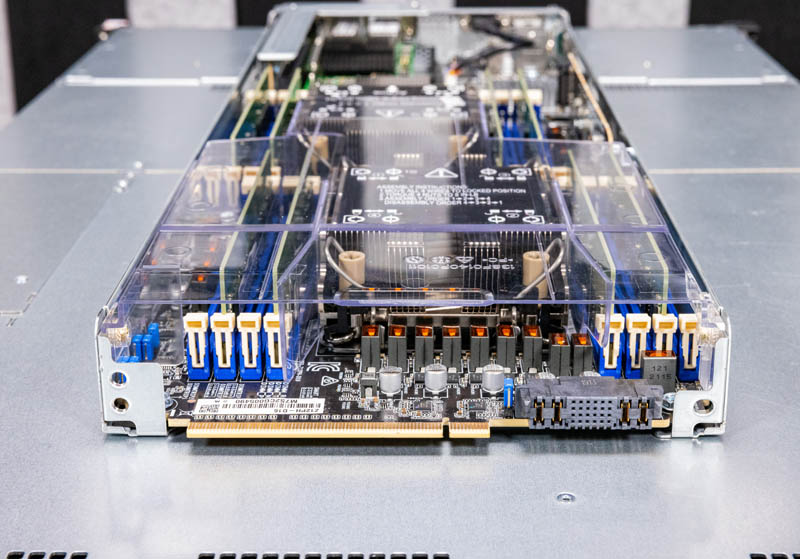
STH goes through extraordinary lengths to test 2U4N servers in a real-world type scenario. You can see our methodology here: How We Test 2U 4-Node System Power Consumption. We use systems on the top and bottom of these servers to heat them to the point where we can get useful data. It just so happens the 2U4N systems we use to generate the heat are the Xeon E5 V4 versions of these ASUS systems and they have been reliably been doing this for years.
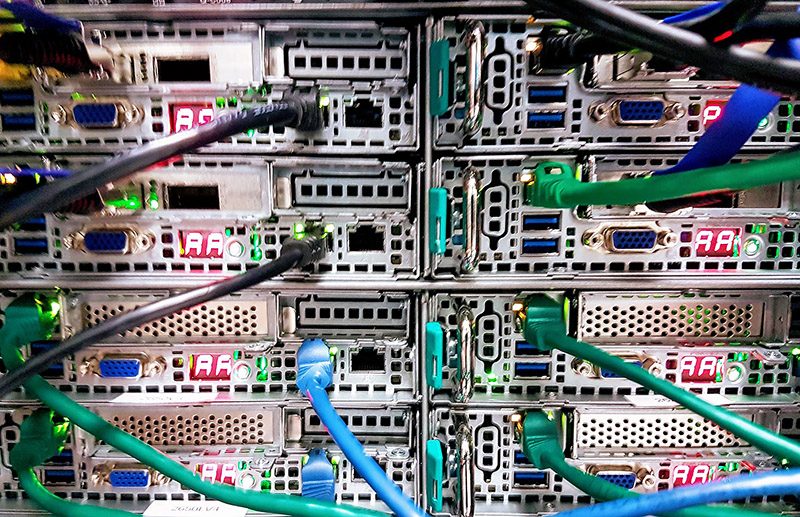
Using this methodology, we are able to get realistic performance comparing the 2U4N to the 1U systems they often replace. In our experience, this must be done to actually test these multi-node systems or else the data that comes out is useless.
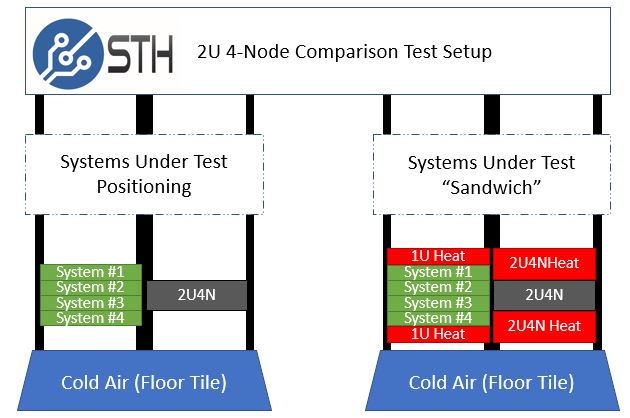
In terms of performance, here are the results:
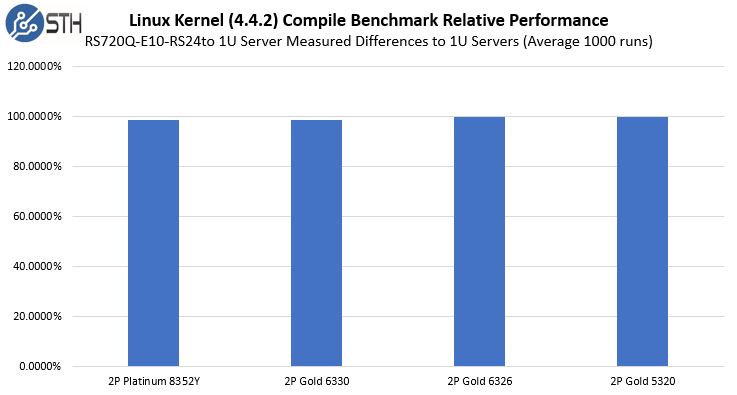
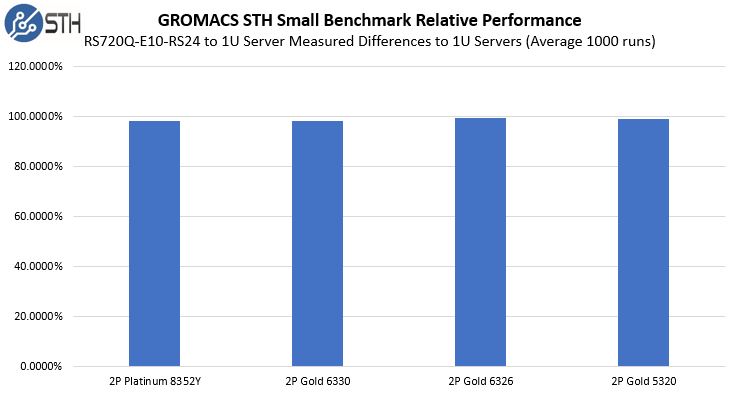
As one can see, these systems perform generally well. There seems to be a very small penalty for moving to the much denser 2U4N configuration. For many, achieving twice the density and cost savings from having fewer servers is likely going to outweigh a 0.75%-1% average performance delta.
Next, we will get to our STH Server Spider and our final words.



